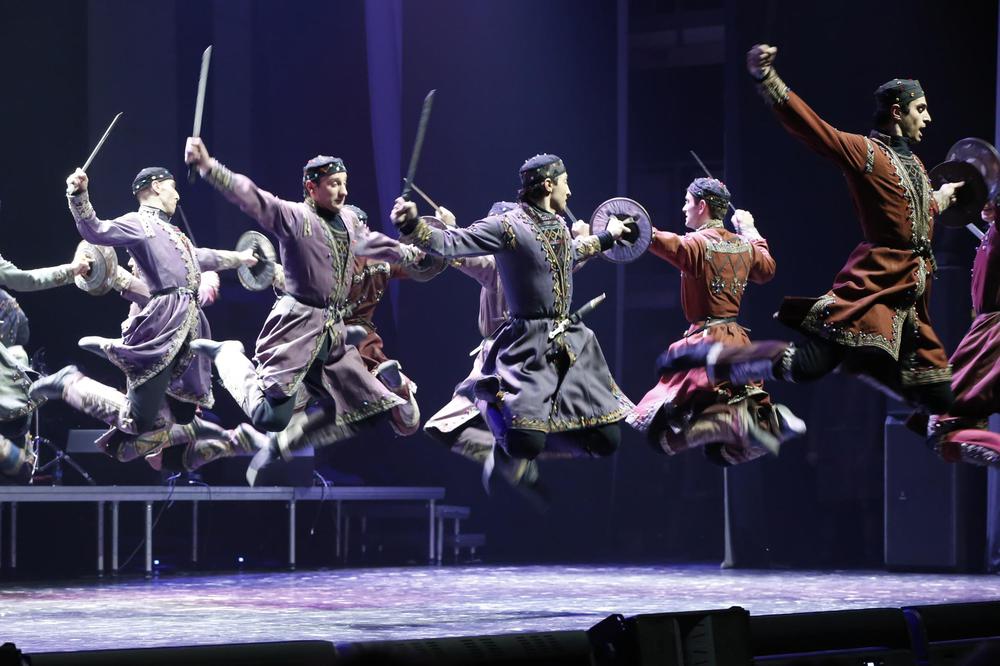Georgian cinema, a vibrant and dynamic element of the country's cultural landscape, has experienced a remarkable resurgence in recent years. This revival, marked by international acclaim and a reinvigoration of the domestic film industry, represents a significant chapter in the history of Georgian film.
Historical Overview
Georgian cinema boasts a rich history, with its origins dating back to the first film projection on November 16, 1896. It quickly established itself as a significant player in the world of cinema, producing some of the earliest full-length documentary and feature films. During the Soviet era, Georgian cinema flourished under directors like Mikheil Kalatozov, with films like "The Cranes Are Flying" winning prestigious awards such as the Palme d'Or at the Cannes Film Festival in 1957. However, the collapse of the Soviet Union in 1991 led to a decline, with the industry suffering from a lack of funding and infrastructure.
The Revival
The resurgence of Georgian cinema began in the early 2000s, marked by the production of influential films and participation in international film festivals. "A Trip To Karabakh" (2005) is often credited with reigniting interest in Georgian cinema. The government's introduction of tax breaks for foreign producers and support for young Georgian filmmakers played a crucial role in this revival. Despite financial constraints, the Georgian National Film Center (GNFC) became a member of Eurimages in 2011, further integrating Georgian cinema into the European film community.
Contemporary Landscape
Today, Georgian cinema is celebrated for its exploration of social themes and human dramas. Films documenting the lives of marginalized communities in Georgia have gained international recognition. Despite challenges, such as government preferences for certain types of films, the industry continues to thrive, with a focus on artistic freedom and expression.
International Presence
Georgian films have made a significant impact on the international stage, with screenings at major film festivals and retrospectives. Events like the Georgian Film Review ‘Gamardzoba Kino’ in Warsaw showcase both new and classic Georgian films, highlighting the country's contemporary cinema as well as its rich history.
Restoration and Digitalization
The Georgian film industry is also working on preserving its cinematic heritage. Projects like "Re-Animation" aim to restore and digitize classic Georgian animated films from the Soviet era, ensuring their preservation and continued relevance.
Promoting Georgian Cinema Globally
Efforts to promote Georgian films in international markets have intensified. Initiatives like the commercialization program by Enterprise Georgia aim to increase the sale of Georgian cinema globally. This involves hosting screenings at international film festivals and connecting with influential sales agents and distributors.
Conclusion
The resurgence and global recognition of Georgian cinema is a testament to the country's rich cultural heritage and the resilience of its film industry. Despite challenges, Georgian cinema continues to evolve, offering unique perspectives and stories that resonate both locally and internationally.

 Georgian Contemporary Art Galleries
Georgian Contemporary Art Galleries
 Georgia's Music Festivals
Georgia's Music Festivals
 Escape Rooms in Georgia
Escape Rooms in Georgia




